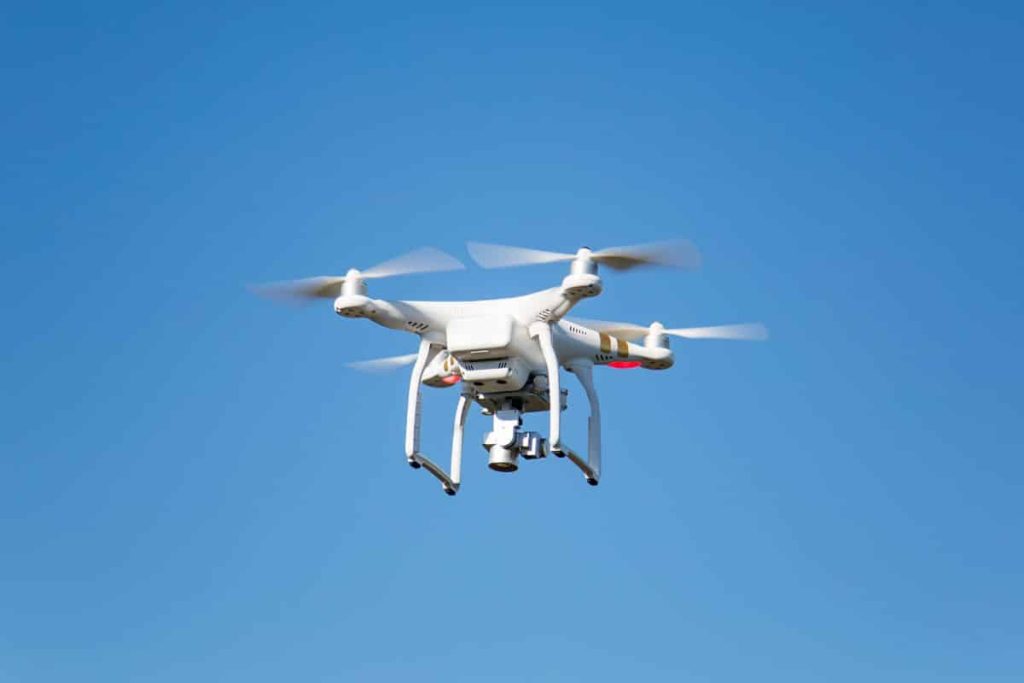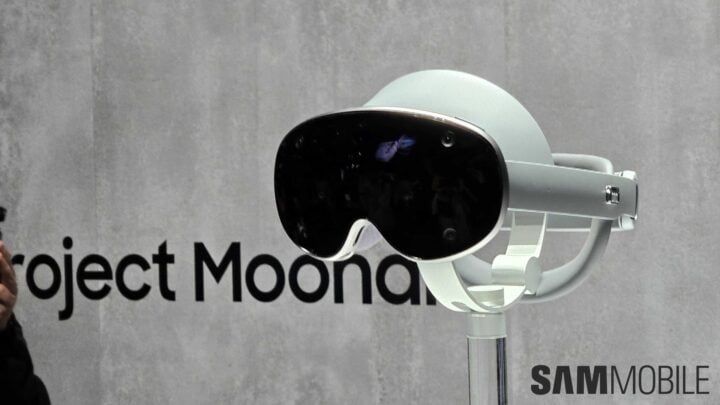Paralyzed Man Flies Virtual Drone Using Only His Mind – The Daily Galaxy –Great Discoveries Channel

A quiet night in a small Canadian town turned into a scene straight out of science fiction when a fiery object streaked across the sky and landed with a dramatic crash. Captured on video and leaving behind clues that have scientists buzzing, this rare cosmic event has sparked intrigue and astonishment. What exactly fell from the heavens, and how close was one man to an unimaginable encounter? A revolutionary brain-computer interface (BCI) has allowed a 69-year-old man with paralysis to control a virtual drone using his thoughts. This groundbreaking achievement marks a significant milestone in assistive technology and offers new hope for individuals with mobility impairments.The participant, paralyzed in all four limbs due to a spinal cord injury, successfully navigated a virtual drone through an obstacle course by imagining specific finger movements. This was made possible through electrodes implanted in his motor cortex, the part of the brain responsible for movement. By visualizing movements such as flexing his thumb or pairing fingers, the participant generated neural signals that the BCI decoded in real time.This innovative device exemplifies the potential of connecting brain activity with external controls to empower individuals with limited mobility. Researchers aim to use similar systems to help people perform everyday tasks, from typing on a keyboard to controlling robotic limbs.The journey to mastering this technology required rigorous training. Initially, the participant practiced syncing his imagined movements with a virtual hand displayed on a screen. He achieved an accuracy rate of hitting up to 76 targets per minute, a testament to the system’s precision and adaptability.Once proficient, his brain signals were linked to the drone’s navigation system. The participant demonstrated impressive control, guiding the drone through a virtual basketball court with pinpoint accuracy.Matthew Willsey, a neurosurgeon at the University of Michigan and co-author of the study, likened the process to playing a musical instrument.This success builds on decades of research in brain-computer interfaces. The participant’s electrodes were implanted in 2016 during a previous study, and the team has been refining the technology ever since. Algorithms now allow the BCI to interpret subtle neural patterns, translating them into actionable commands with remarkable speed.Published in Nature, the study highlights the versatility of BCIs for tasks requiring precise and simultaneous movements. Researchers envision future applications where individuals with paralysis could control multiple functions at once, such as typing and interacting with smart devices.Brain-computer interfaces are not limited to medical applications. Industries such as gaming, robotics, and even space exploration are exploring their potential. However, for individuals with mobility challenges, BCIs represent a life-changing opportunity to regain autonomy.Despite the achievements, challenges remain. Implanting electrodes involves invasive surgery, and the systems require extensive training. Moreover, translating these breakthroughs into widely available therapies will necessitate significant investment and regulatory approval.Got a reaction? Share your thoughts in the commentsEnjoyed this article? Subscribe to our free newsletter for engaging stories, exclusive content, and the latest news.Comment Save my name, email, and website in this browser for the next time I comment.
© 2024 | Daily Galaxy | All rights reserved
Source: https://dailygalaxy.com/2025/01/paralyzed-man-flies-drone-using-his-mind/



